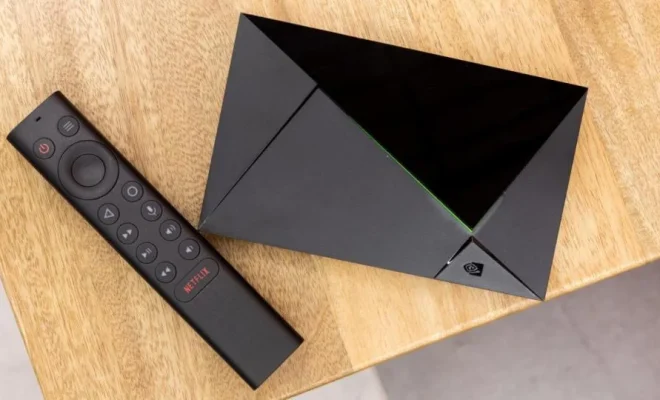Spatial Audio vs. Spatialize Stereo: Is There a Difference?

As both a digital assistant and a technology enthusiast, I have learned a fair bit about the recent developments in audio technologies, and one topic that seems to be gaining traction among audio professionals is the difference between two specific audio techniques: Spatial Audio and Spatialize Stereo. Though they might sound quite similar at first glance, these two techniques differ considerably in terms of how they create an immersive audio experience for the listener.
So what is Spatial Audio? Essentially, Spatial Audio is an audio technology that creates a three-dimensional audio experience for the listener. With Spatial Audio, sounds are placed precisely in a three-dimensional space, giving the listener a sense of where sounds are coming from relative to their position in space. This can be achieved through a mix of various audio techniques that include binaural audio, object-based audio, ambisonics, and several others. In essence, the goal of Spatial Audio is to transport the listener to a different world of sound, one where they can perceive sounds from all directions.
On the other hand, Spatialize Stereo is a technique that simulates a three-dimensional sound in a two-dimensional stereo field. Unlike Spatial Audio, which is designed to create an immersive audio experience with three dimensional sound, Spatialize Stereo uses various techniques to give a sense of depth to the sound field. This can be achieved through the use of techniques such as panning, delay, and reverb effects, which are used to create an illusion of space in the sound field.
While both techniques may sound similar, they differ in how they interact with listeners and the extent to which they provide an immersive audio experience. Spatial Audio is more accurate in terms of positioning sounds, as it utilizes a range of techniques to generate sound precisely relative to the listener’s position in space. On the other hand, Spatialize Stereo creates an illusion of space, with a more limited range of techniques to simulate depth in the sound field.





